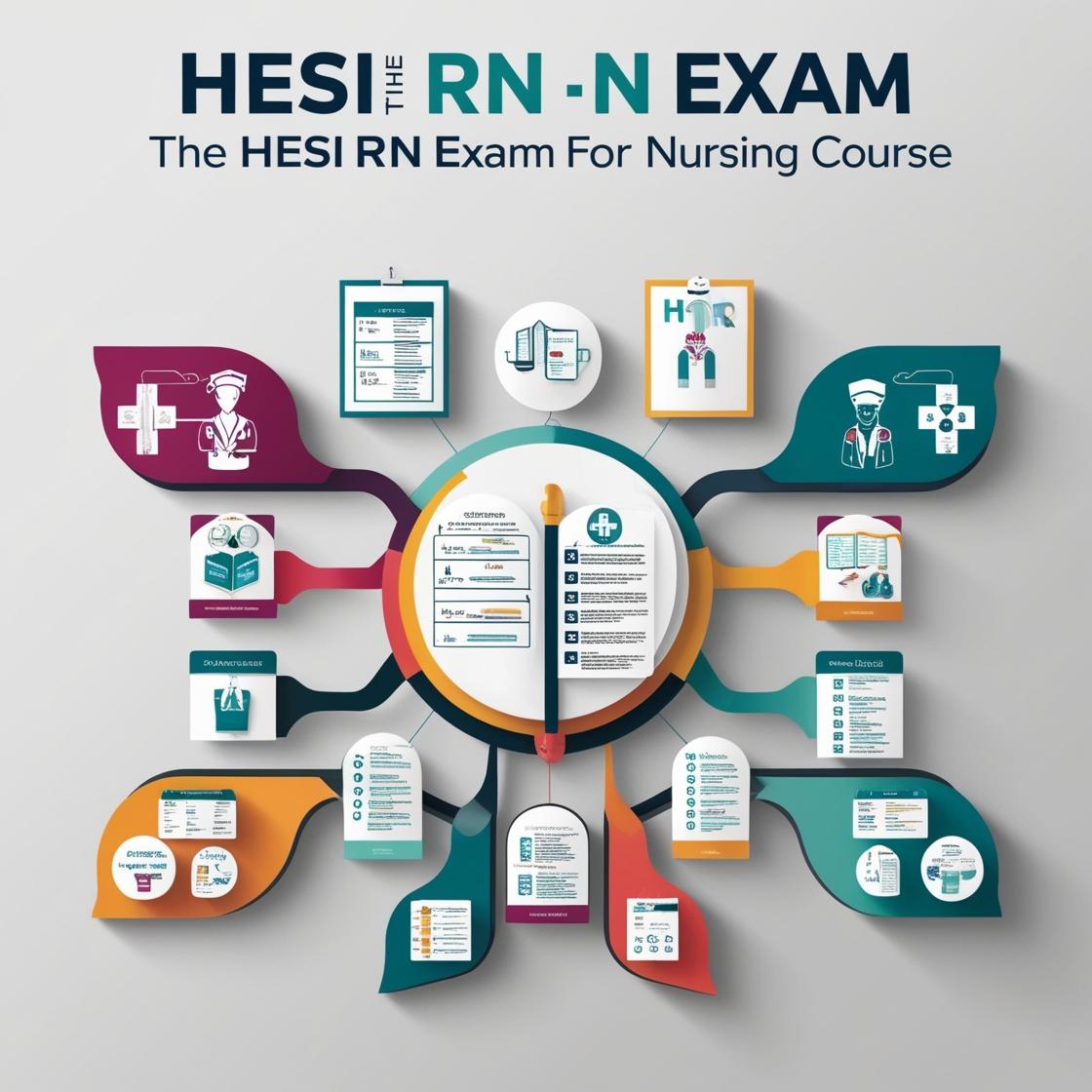HESI RN
HESI RN Exit Exam 2024 Quizlet
1. The nurse is preparing a community education program on osteoporosis. Which instruction is helpful in preventing bone loss and promoting bone formation?
- A. Recommend weight-bearing physical activity.
- B. Encourage a diet high in dairy products.
- C. Suggest vitamin D supplementation.
- D. Advise avoiding caffeine and alcohol.
Correct answer: A
Rationale: The correct answer is A: Recommend weight-bearing physical activity. Weight-bearing exercises are effective in maintaining bone density and preventing osteoporosis by promoting bone formation. Encouraging a diet high in dairy products (choice B) can provide calcium, but it's not as directly related to bone formation as physical activity. While vitamin D supplementation (choice C) is important for calcium absorption and bone health, it is not directly involved in promoting bone formation. Advising to avoid caffeine and alcohol (choice D) can be beneficial for bone health, but it is not as directly related to promoting bone formation as weight-bearing physical activity.
2. A client with liver cirrhosis and severe ascites has a serum sodium level of 115 mEq/L and is receiving 3% saline IV. Which assessment finding indicates that the nurse should notify the healthcare provider?
- A. The client's serum sodium level is now 130 mEq/L
- B. The client reports a headache and has a BP of 140/90
- C. The client reports shortness of breath and has an O2 saturation of 92%
- D. The client has crackles in both lung bases and an increased respiratory rate.
Correct answer: D
Rationale: The presence of crackles in both lung bases and an increased respiratory rate indicates fluid overload, which can be exacerbated by hypertonic saline. This condition can worsen the client's respiratory status and lead to further complications. The other options do not directly relate to the fluid overload caused by the hypertonic saline. A serum sodium level of 130 mEq/L is within a normal range for treatment. A headache and a blood pressure of 140/90 are not specific indicators of worsening condition related to hypertonic saline. Shortness of breath and an O2 saturation of 92% could be related to other factors in a client with liver cirrhosis and ascites.
3. A female client with ovarian cancer is receiving chemotherapy. Which laboratory result should the nurse report to the healthcare provider immediately?
- A. White blood cell count of 2,000/mm³
- B. Platelet count of 100,000/mm³
- C. Hemoglobin level of 10 g/dL
- D. Serum creatinine level of 1.5 mg/dL
Correct answer: A
Rationale: A white blood cell count of 2,000/mm³ is critically low and places the client at high risk for infection, requiring immediate intervention. Neutropenia, a low white blood cell count, is a common side effect of chemotherapy. A decreased white blood cell count compromises the immune system's ability to fight infections, making it a priority to address to prevent serious complications. Platelet count of 100,000/mm³ is relatively low but not as urgent as a severely low white blood cell count. Hemoglobin level of 10 g/dL is within the normal range for females and does not require immediate intervention. Serum creatinine level of 1.5 mg/dL is also within the normal range and does not pose an immediate threat to the client's health.
4. A client with chronic kidney disease (CKD) is scheduled for a hemodialysis session. Which laboratory value should the nurse monitor closely?
- A. Serum potassium
- B. Serum creatinine
- C. Serum sodium
- D. Serum chloride
Correct answer: C
Rationale: The correct answer is C: Serum sodium. In a client with chronic kidney disease (CKD) scheduled for hemodialysis, monitoring serum sodium levels closely is essential. Hemodialysis can cause rapid shifts in sodium levels, leading to electrolyte imbalances. While serum potassium (choice A) is important to monitor in CKD, it is not the most crucial before hemodialysis. Serum creatinine (choice B) is an indicator of kidney function but is not the most immediate concern before hemodialysis. Serum chloride (choice D) is not typically the primary electrolyte of concern in CKD patients before hemodialysis.
5. A 26-year-old female client is admitted to the hospital for treatment of a simple goiter, and levothyroxine sodium (Synthroid) is prescribed. Which symptoms indicate to the nurse that the prescribed dosage is too high for this client?
- A. Palpitations and shortness of breath
- B. Bradycardia and constipation
- C. Lethargy and lack of appetite
- D. Muscle cramping and dry, flushed skin
Correct answer: A
Rationale: The correct answer is A. An overdose of thyroid preparation generally manifests symptoms of an agitated state such as tremors, palpitations, shortness of breath, tachycardia, increased appetite, agitation, sweating, and diarrhea. Palpitations and shortness of breath are signs of excessive thyroid medication. Choices B, C, and D are incorrect symptoms for a dosage that is too high. Bradycardia and constipation, lethargy and lack of appetite, muscle cramping and dry, flushed skin are more indicative of hypothyroidism or an insufficient dosage of levothyroxine.
Similar Questions

Access More Features
HESI RN Basic
$89/ 30 days
- 50,000 Questions with answers
- All HESI courses Coverage
- 30 days access @ $89
HESI RN Premium
$149.99/ 90 days
- 50,000 Questions with answers
- All HESI courses Coverage
- 30 days access @ $149.99
